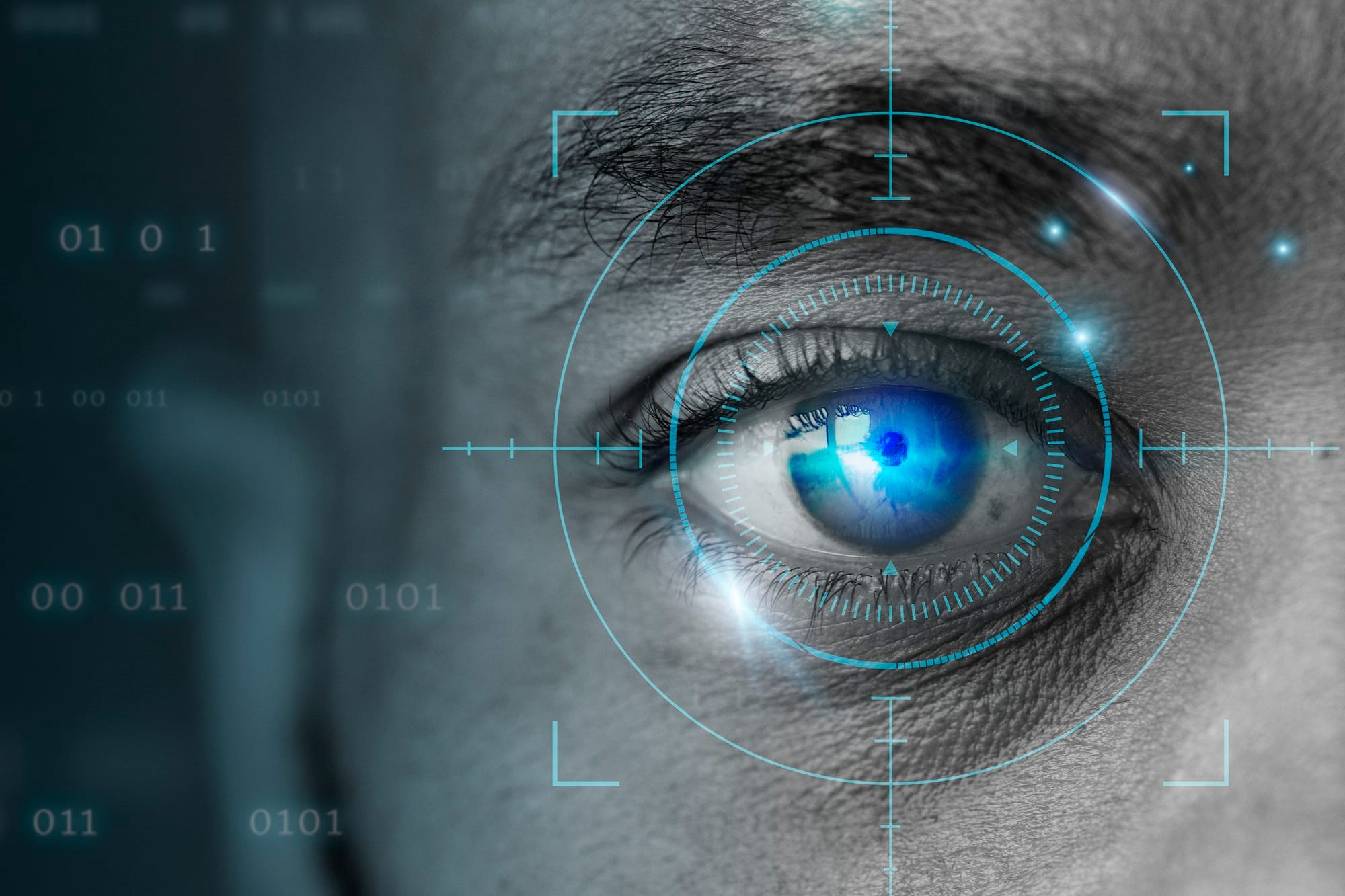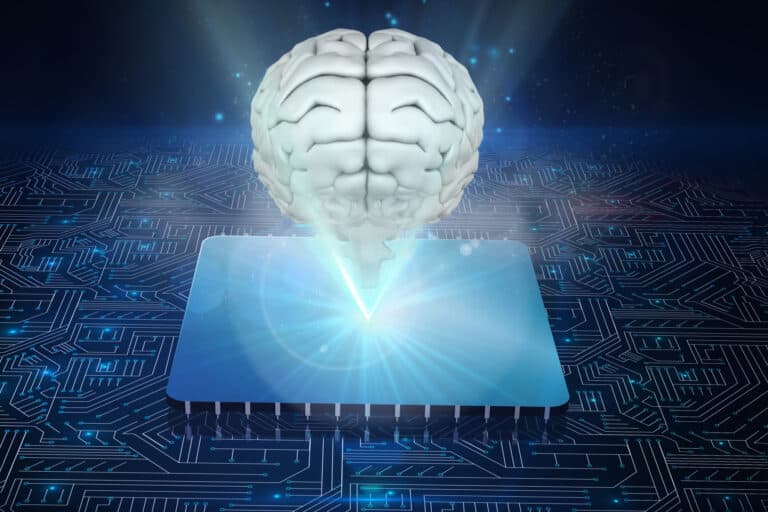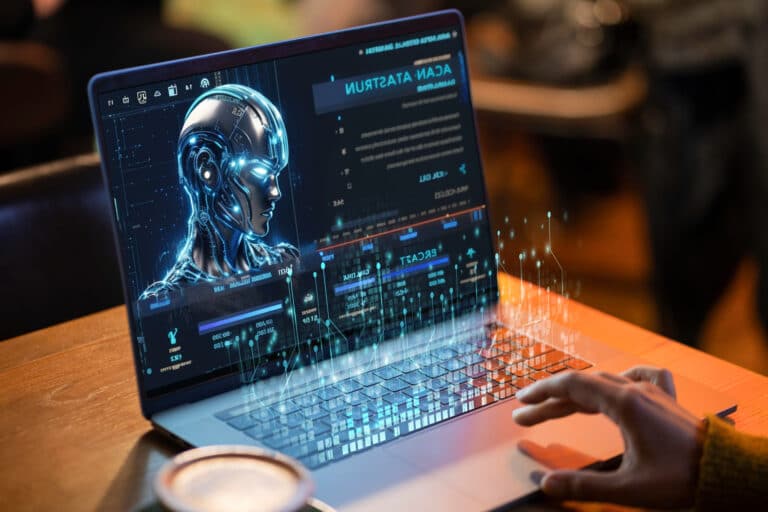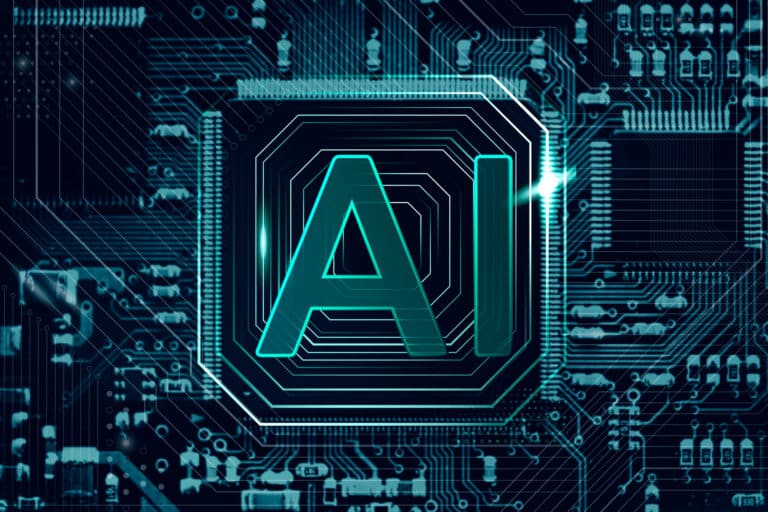Computer vision has been advanced since its introduction in the 1960s. The field of computer vision studies how computers can see. Computer vision is only sometimes understood by everyone when they hear the term.
The following are the main points we will discuss in this article:
Also, we will introduce usage purposes and examples.
What Is Computer Vision?
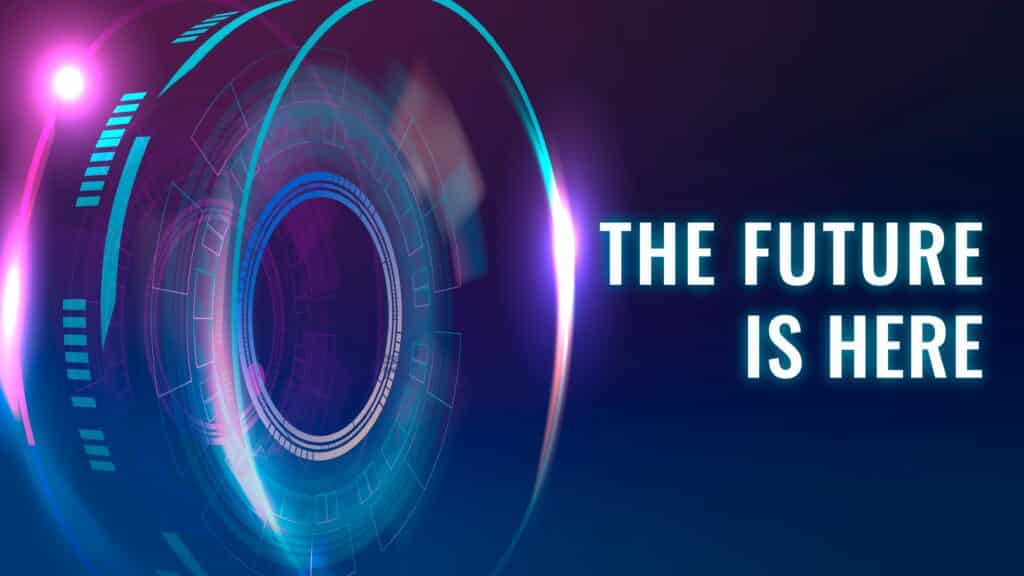
Computer vision is analyzing images taken with a camera to provide new value. To achieve “visual vision” through computers, computers must be given the functionality of the human eye.
Involvement of deep learning in computer vision
The use of deep learning can lead to computer vision. Using deep learning technology, computer vision is accomplished through image recognition and object detection. Various types of deep learning improve computer vision.
Reference Article : What is deep learning? Differences between machine learning and deep learning.
Introduction to computer vision and its mechanisms
It is a concept that has been introduced previously to use computer vision. Over 60 years have passed since it has been used in various image analysis techniques. This article aims to explain the history and mechanism of computer vision.
History of computer vision
Computer vision has been around since the 1960s when it was used to improve satellite images and analyze CT images. In the 1990s, applications progressed to “machine vision” used in production line inspection systems and “robot vision” where cameras and position detectors are attached to robots to provide them with visual information.
Face recognition functions were developed around 2005, and driving assistance functions were formed around 2008. Over the past decade, computer vision has rapidly entered products. As technology has advanced, advanced image recognition has become possible.
Computer vision technology
Computer vision is used in many different technologies.
1. Image segmentation
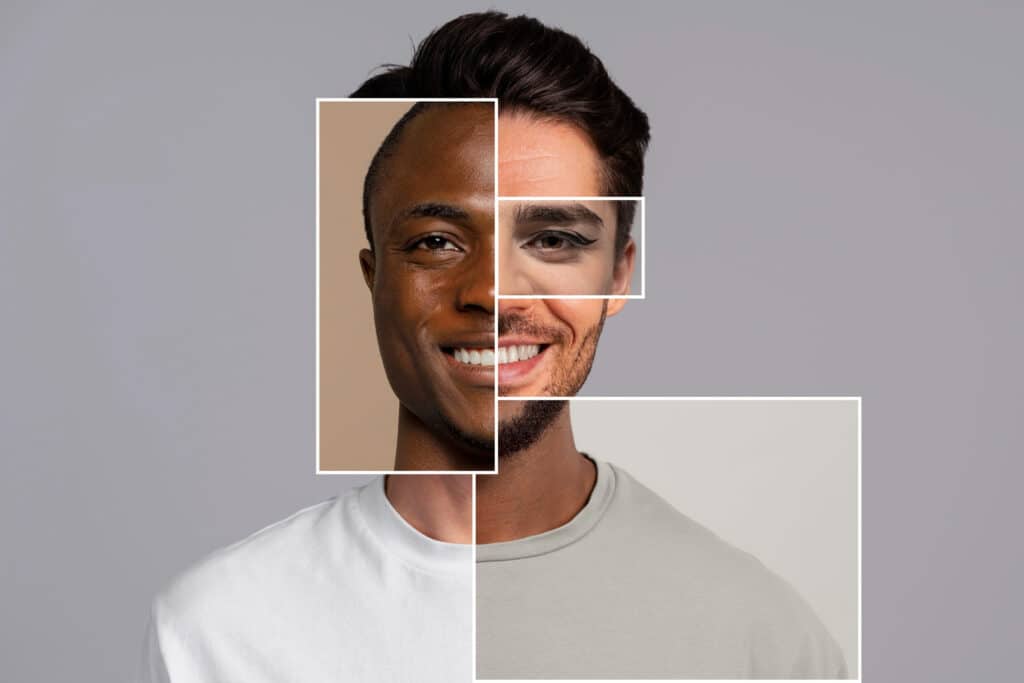
Segmenting involves dividing an image into several objects. For example, a picture can be divided into “people” and “cars”. Self-driving cars use image segmentation and distance measurement.
2. Object Detection
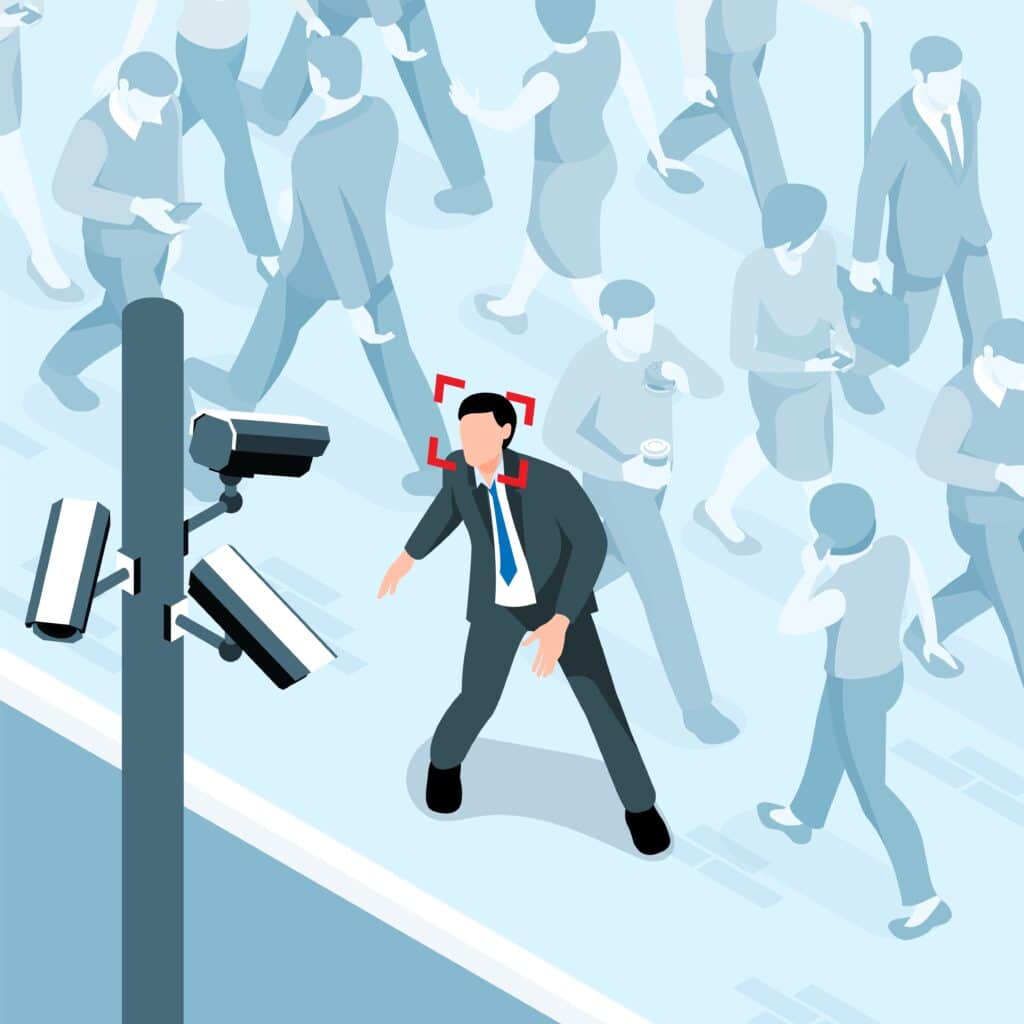
An image can be identified by using “Object Detection”. It is used in manufacturing to identify defective products and in medicine to identify objects.
3. Pattern detection
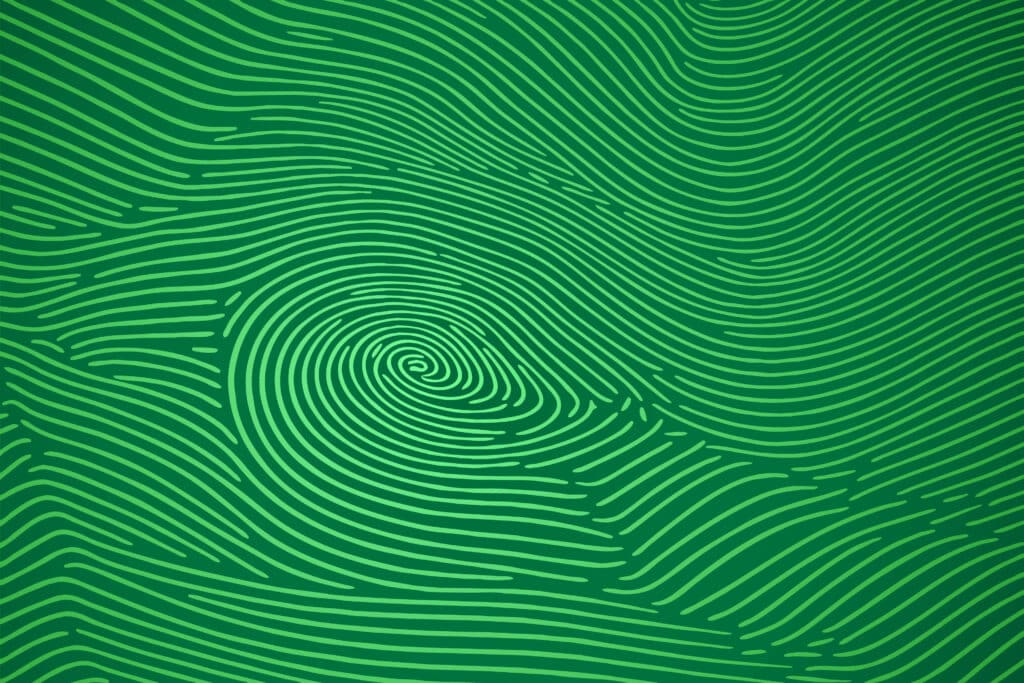
Pattern detection recognizes shapes and colors that appear repeatedly in images. A positioning system guides industrial robots to parts on a line and checks images’ similarity.
4. Face recognition
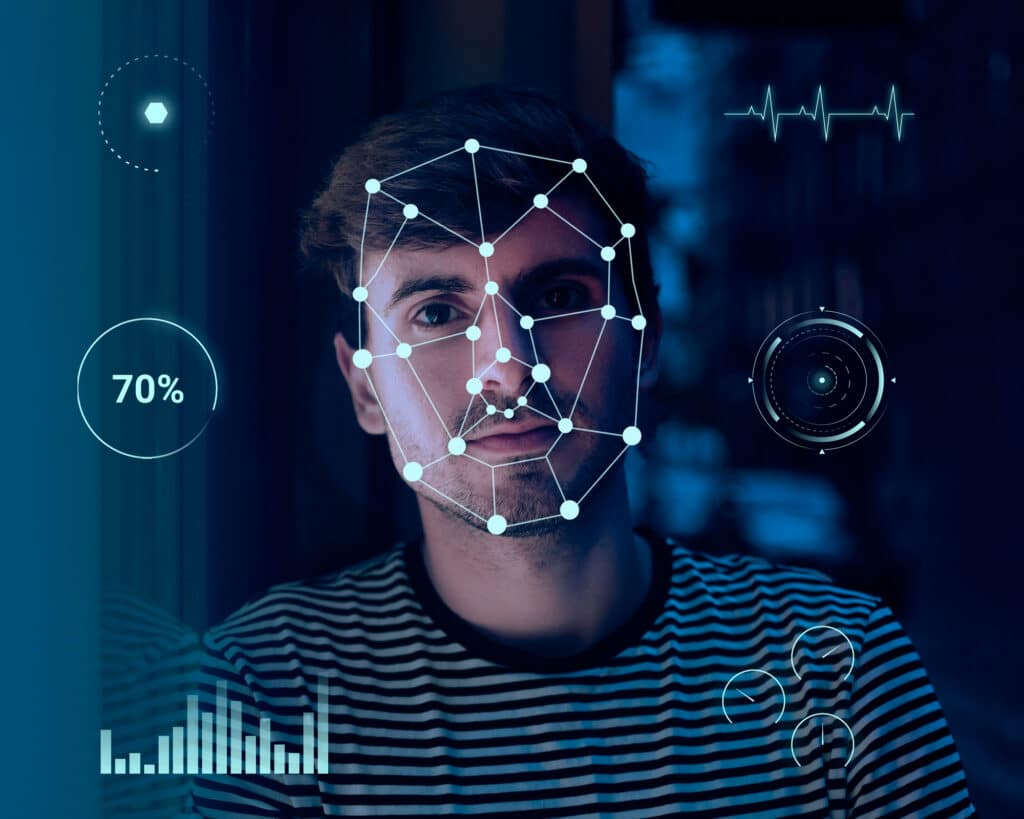
In addition to detecting human faces, face recognition can also identify individuals. The technology that uses facial recognition to identify individuals is called “facial recognition.” Facial recognition verifies individuals by using feature points such as eyes, noses, and mouths. In work attendance systems, “facial recognition” technology is used for facial image processing and attribute analysis.
Examples of industrial applications of computer vision
We have discussed the history and mechanisms of computer vision, but what are some real-world applications?
The following are examples of usage purposes and examples of usage by industry.
Manufacturing
In the manufacturing industry, it is used to inspect defective products and foreign objects in factories.
We are developing “automatic braking” in the automotive industry by using cameras to determine the surrounding environment and combining images from cameras attached to the front, back, left, and right to create images that seem to be viewed from above within the manufacturing industry. Additionally, it can be used to generate “parking assistance.”
Entertainment
The entertainment industry uses it for projection mapping and match moves. In the matching movie, CG and live-action footage are combined. Match move is similar to AR but integrates CG after the shot is taken, unlike AR, which is real-time.
Projecting images onto three-dimensional objects like buildings is called projection mapping.
Medical care
In the medical industry, computer vision is also used to analyze images taken by medical devices. Image recognition technology also identifies affected areas in CT and MRI images.
AR
AR is also a form of computer vision. “AR” stands for “Augmented Reality”. Using the camera, you can display a 3D image that doesn’t exist.
Reference Article : What is AR (Augmented Reality)? Explanation of Augmented Reality Scope
It can be used in apps that install furniture to read AR markers and display characters.
Use cases of computer vision at the cutting edge.
The use of computer vision is the same as that of human vision. What are some of the latest use cases?
We will explore some of the latest applications of computer vision here.
Temperature and face recognition
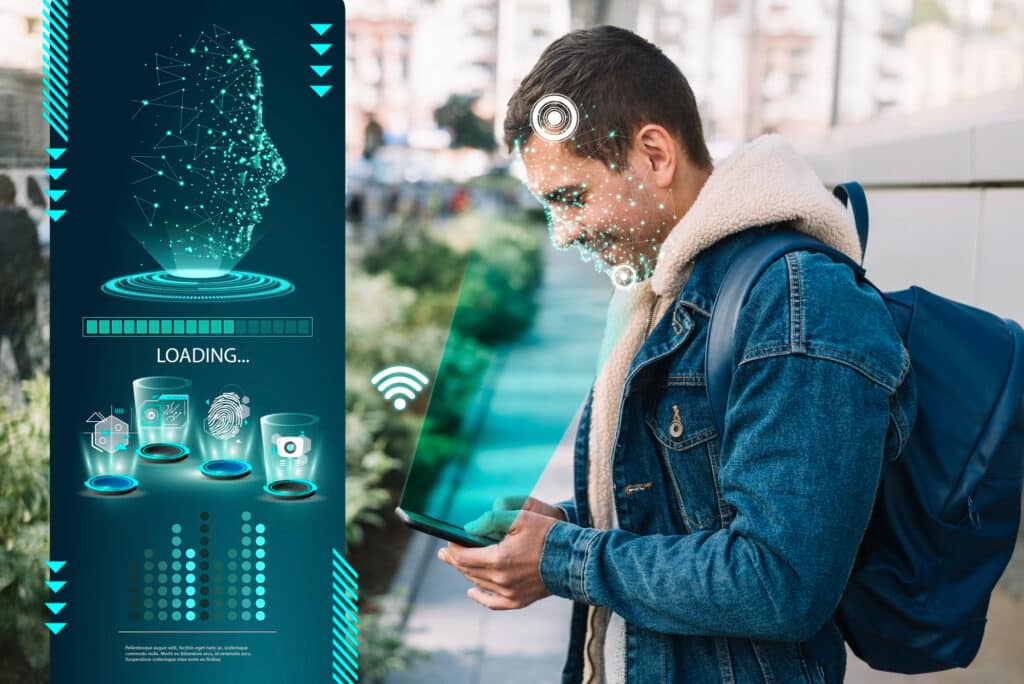
A facial recognition system capable of accurately identifying individuals, even while wearing masks, and a temperature detection system that can simultaneously detect both facial and body temperature in 0.5 seconds.
An artificial intelligence temperature detection solution was installed at the building’s immigration gate by the company. The device is installed at the entrance gate, preventing the gate from opening if a person with a temperature higher than 37.5 degrees enters the building.
Autopilot for cars
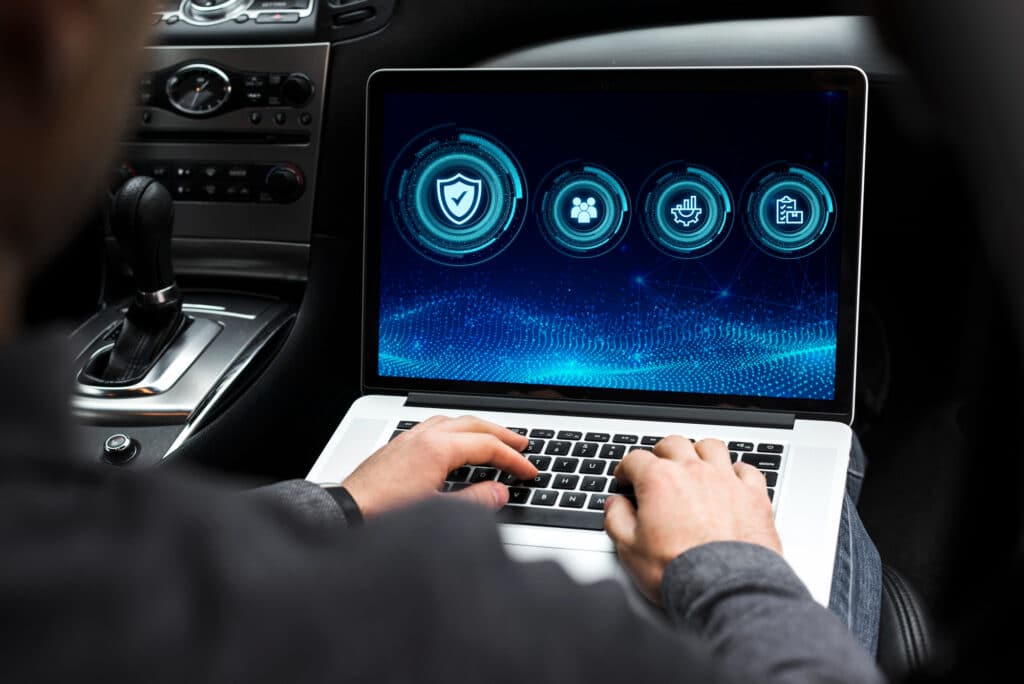
Car manufacturers are developing autopilot functions. Additionally, this technology suggests lane changes to avoid behind slower vehicles while steering, braking, and acceleration within a lane. Technology is increasingly used to make judgments similar to those humans make with their eyes.
Fully autonomous driving has yet to be achieved, and the driver must still monitor the car. In the future, there will be more developments.
crewless smart cashier with image recognition
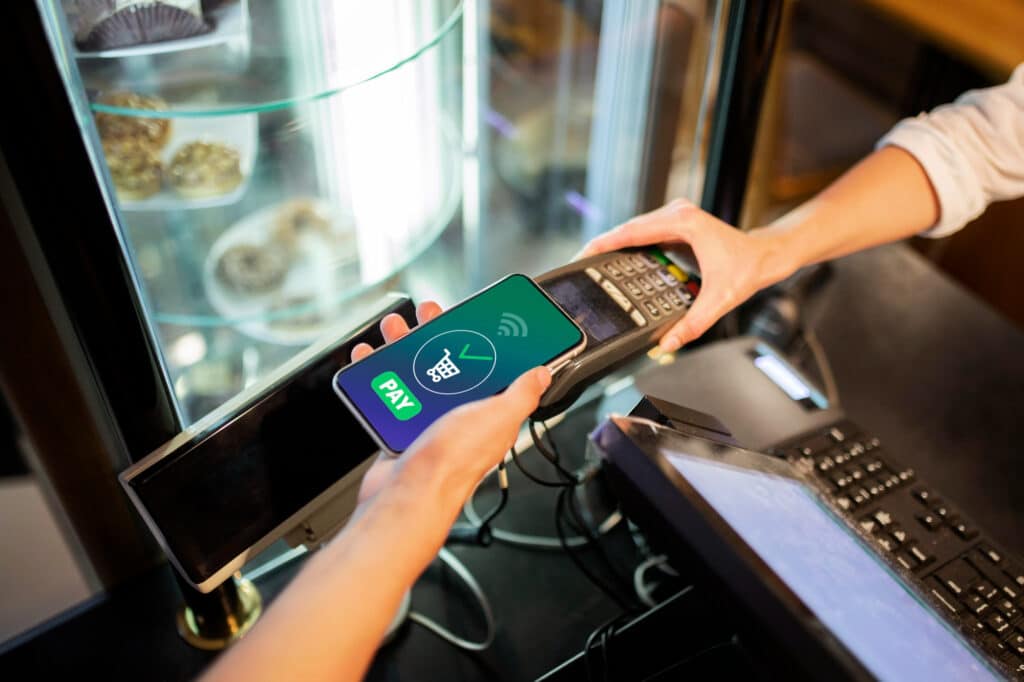
Crews scanned cash register systems, which also use image recognition. A system that recognizes products instantly from images has been developed using image recognition technology. Several cameras, a PC, and a display are all it takes to identify products, and it can even detect products stacked on top of each other or held in one’s hand.
Computer vision has also made shopping easier.
Virtual makeup

Computer vision and augmented reality are also used in virtual makeup. Using virtual makeup, you can layer lip, foundation, and eye makeup over a camera image, allowing you to test your favorite colors, experience augmented reality, and even purchase the products directly.
As a result of this convenience, cosmetics manufacturers and e-commerce sites have recently adopted virtual makeup.
Summary
Computer vision has evolved rapidly in recent years, advances in deep learning have been made, and image recognition accuracy has steadily improved since its introduction. It is also important to note that as technology evolves, it can be applied to various industries, from manufacturing to medical care to entertainment and applications.

